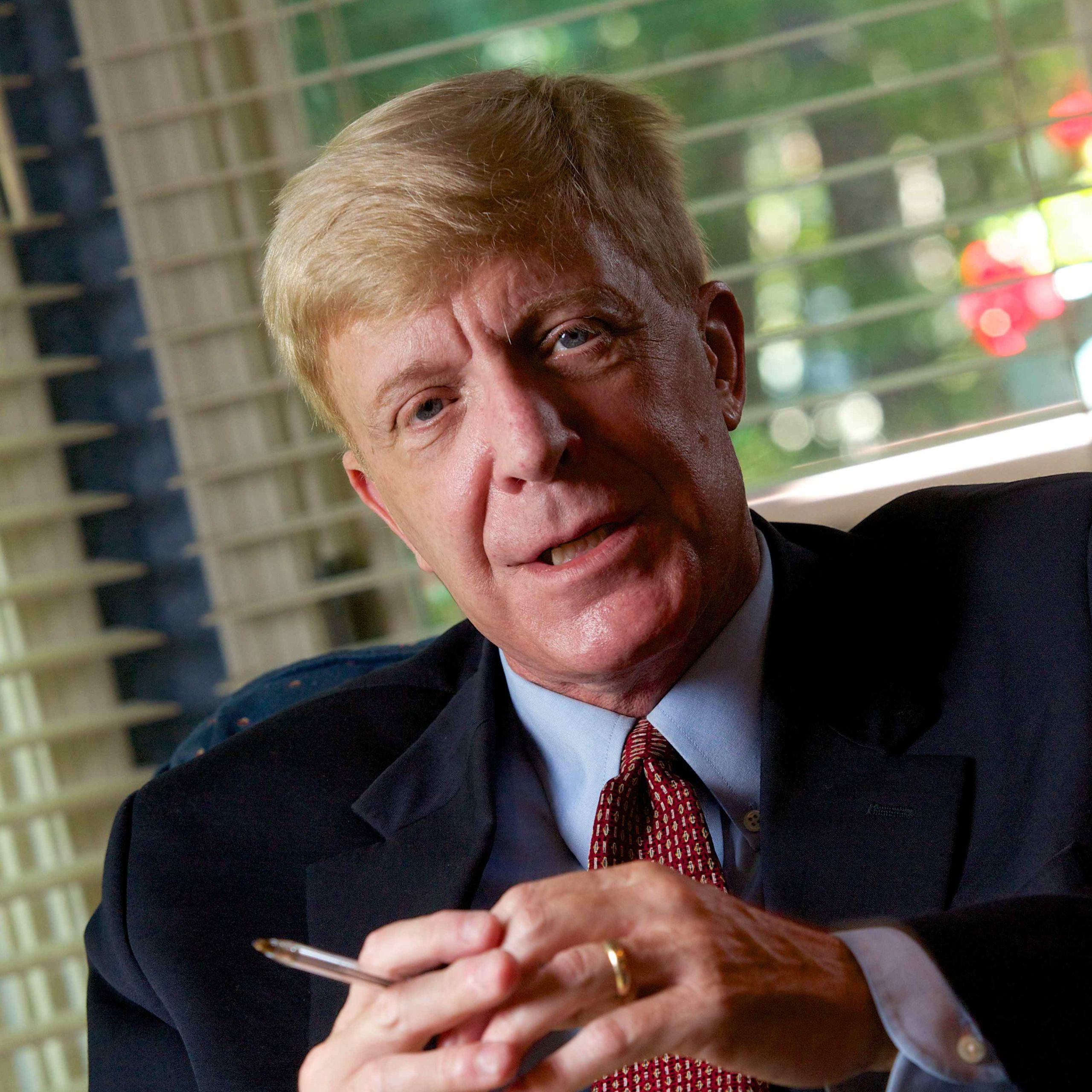The Presidents and the Pastime: The History of Baseball and the White House
 The Presidents and the Pastime: The History of Baseball and the White House draws on Curt Smith’s unique background as a former White House presidential speechwriter and as what USA Today calls “the voice of authority on baseball broadcasting” to chronicle as no one has the historic relationship between baseball and the U. S. presidency (University of Nebraska Press, 2018, 466 pages).
The Presidents and the Pastime: The History of Baseball and the White House draws on Curt Smith’s unique background as a former White House presidential speechwriter and as what USA Today calls “the voice of authority on baseball broadcasting” to chronicle as no one has the historic relationship between baseball and the U. S. presidency (University of Nebraska Press, 2018, 466 pages).
The author begins in the Revolutionary War, each side playing a form of baseball. He then charts how it became America’s pastime in the nineteenth century, presidents Abraham Lincoln and Andrew Johnson playing “town ball” or giving employees time off to watch. Smith next tracks U.S. presidents since Theodore Roosevelt, all of whom have liked baseball except for TR, who kept loathing to himself due to its appeal.
Each chapter depicts a president’s relationship to baseball. In 1910, William Howard Taft coined the Opening Day rite of tossing out the season’s “first pitch.” To successor Woodrow Wilson, the pastime meant refuge from strokes that later killed him. Warren Harding drank bourbon with Babe Ruth while publicly backing Prohibition. A heroic Franklin D. Roosevelt saved baseball in World War II. Ambidextrous Harry Truman threw the first ball left-, right-, and both-handed. Wife Bess, he said, was “the real fan,” hearing baseball by radio on the Truman Balcony.
Dwight Eisenhower consoled Don Newcombe after the Dodgers pitcher was bombed in the 1956 World Series. In 1960, campaigning to succeed Ike, John F. Kennedy, 42, met Stan Musial, 39. Said JFK: “They tell me you’re too old to play baseball and I’m too young to be president, but maybe we’ll fool ’em.” Richard Nixon inhaled baseball like Walter Mitty, offered the posts of both commissioner and director, players union. Jimmy Carter learned the game from his mother and baseball guru—“Miss Lillian” and her husband yearly driving to a different city to see a homestand. Ronald Reagan aired “re-created” baseball on radio he never saw—and played pitcher Grover Cleveland Alexander on film.
George H. W. Bush idolized Lou Gehrig, befriended Ted Williams, and played and loved the game. Bill Clinton grew up in Arkansas hearing Cardinals Voice Harry Caray; George W. Bush’s watershed was the night he threw a strike in the World Series at Yankee Stadium in the wake of 9/11; Barack Obama took the mound at Nationals Park to throw out the first ball, showing that all politics is local by putting on a White Sox cap he had concealed in his glove. Donald Trump often performed the first-pitch rite before becoming president. This book suggests why in office he didn’t try.
George H. W. Bush said, “Baseball has everything”—a thought that came to him after he picked up a bat at age five. Throughout, The Presidents and the Pastime uses each’s example to show how baseball can thrive in today’s larger culture. From Taft’s “first pitch” to Obama’s “Go [White] Sox!” scrawled in the guest register at the Baseball Hall of Fame in 2014, our presidents have deemed it the quintessentially American sport, enriching their office and the nation.
